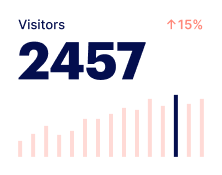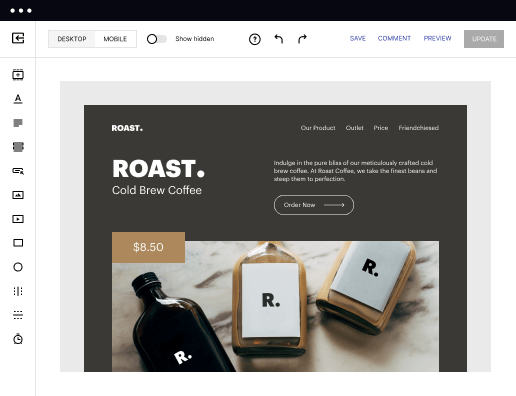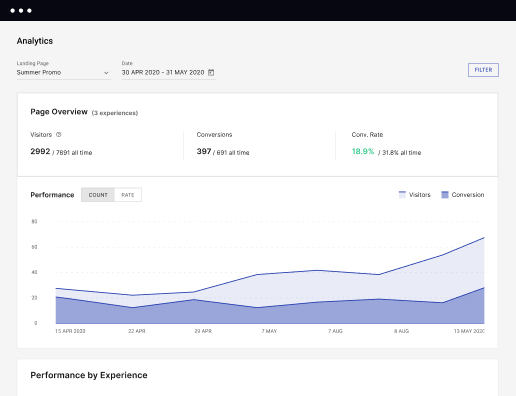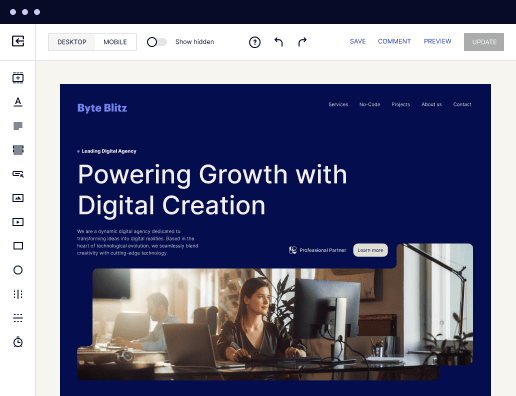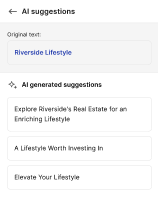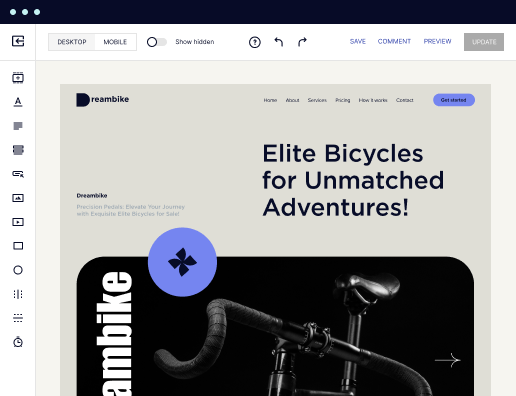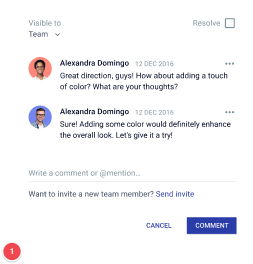Make your web page compatible with Google Analytics: Act effortlessly
Create your web page compatible with Google Analytics and effortlessly optimize your web pages for diverse ads and audiences. Transform visitors into leads and sales while bolstering brand trust and nurturing customer loyalty.
Make web page google: Your ultimate how-to guide
Creating landing pages that are compatible with Google Analytics is crucial for measuring the effectiveness of your digital marketing efforts. At Instapage, we offer a flexible and easy-to-use platform that empowers marketers to design conversion-focused pages without needing coding skills. With over 100 customizable layouts at your disposal, your team can quickly launch targeted campaigns and track their performance effectively.
Understanding the Importance of Google Analytics
Google Analytics provides insights into user behavior that can guide your marketing strategies. By integrating your landing pages with Google Analytics, you can monitor critical metrics such as traffic sources, bounce rates, and conversion rates. This information enables informed decision-making on various aspects of your campaigns, ensuring that they are not only driving traffic but also converting visitors into customers.
- Integration ease: Instapage allows for straightforward Google Analytics integration, ensuring your analytics setup is quick and hassle-free.
- Data-driven decisions: Use analytics to derive insights from user interactions, helping tailor your content to meet specific audience needs.
- Performance tracking: Constantly measure the success of your landing pages and adapt strategies based on real-time data.
Step 1: Set Up Google Analytics Tracking
To make your landing pages compatible with Google Analytics, the first step is to set up tracking on your Instapage account. Follow these steps:
- Create a Google Analytics account if you don’t have one. This can be done through the Google Analytics website.
- Obtain your Tracking ID from your Google Analytics account to insert into your Instapage settings.
- Navigate to your Instapage dashboard, select the landing page you want to track, and go to the Integrations tab to enter your Tracking ID.
Step 2: Utilize Heatmaps for Optimization
With your landing pages set up to collect data, you should now use heatmaps to understand on-page behavior. Here’s how:
- Heatmaps visually represent user interactions on your landing page, helping you see where visitors click, scroll, and focus.
- Analyze the data to identify which elements are most engaging and which areas may require redesign or optimization.
- Use this data alongside A/B testing to iteratively enhance your landing pages for better conversions.
Step 3: Test and Optimize
Once you have data flowing into Google Analytics, it’s time to put it to good use. Engage in A/B testing and optimizations:
- Set clear conversion goals in your Google Analytics account that align with your marketing objectives.
- Conduct A/B tests on different versions of your landing pages to see which performs better and achieves higher conversion rates.
- Regularly review the analytics dashboard to assess performance and refine your strategy based on actionable insights.
By following these steps, you can effectively build landing pages compatible with Google Analytics that not only attract clicks but convert them into tangible results.
Get started today with Instapage, where you can create landing pages optimized for success while seamlessly integrating with analytics tools to track your performance.
Get more out of Build your web page compatible with Google Analytics
Improve your Quality Score with quick load technology for landing pages
Increase conversions with content that aligns with your ads and audiences
Achieve maximum ROI by scaling your marketing initiatives
Leading the way in building high-performing landing pages





FAQs
See how to build your web page compatible with google analytics in action
Ready to skyrocket conversions?
Supercharge your ad campaigns with high-performing landing pages.
Get started
